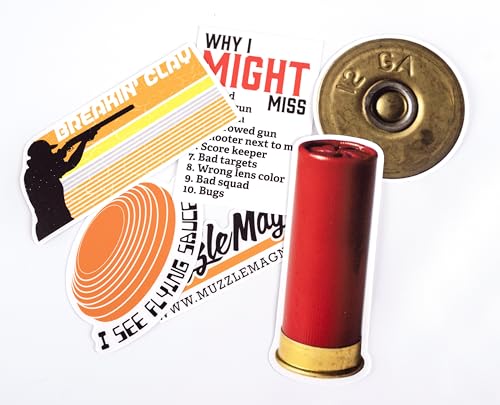Westward What you say here re. the leads on the 50 yard crosser and the 25 yard crosser is correct and it is EXACTLY what I say in the UL book........and I have published all the figures in the book to back up my findings. What you describe is due to the exponential effect of the shot slowing down.
Quote directly from the book:- "From the calculations above we can see that because the shot is rapidly slowing down as the range increases, the 40 yard target doesn't need twice the lead assumed for a 20 yard charge but more than this. The 60 yard shot would need not 10.5 feet ( approx. three times the lead for the 20 yard target) but approximately 14 feet 10 inches of lead which is over 4 times the lead for the 20 yard shot.
I go on to say:-_ "As range increases and this exponential effect comes into play the familiar constant angle we can apply to those angular shots is no longer adequate. This is why on the full crossing shots, our ability to judge range is more important." So we are actually saying the same thing.

Of course, many will try to dismiss this as they have done over many the years (the book was published in 2007) but now they are realizing that as a medium for building up a repertoire of sight pictures, there is absolutely no better way and no other book in existence that will help except this one. Every target on a SC course (in the area you intend to shoot it) will be rising or falling and it will be a narrow angle, intermediate, wide angle or full crosser.
The book breaks ALL the targets on a SC course into manageable, bite sized pieces. Impossible? No, and that's where some made the mistake when this book was first published in 2007. I do mean everything, standards, rabbits, chandels etc. at every angle and range. By reading the book, the light comes on very quickly. If for example the target is a narrow angle target at 20 yards, the sight picture needed to break that target will be a 1 UNIT LEAD. If the same target is a narrow angle in transition at 40 yards the same I UNIT LEAD will work but now you will need to shoot 1 inch under. This may sound complicated but in reality, it is very, very easy to apply, hours instead of years to become a proficient shot. That's why many coaches/shooters over here in the US now use the methodology because it works.
And Westward, if I didn't answer your question logically here please don't hesitate to say that and I will try to be more specific? I would like all shotgunners to understand the methodology here. And I completely understand that you are skeptical. For years, many have dismissed the methodology as hype, but it isn't. There is very little that is new in the shooting World and this is a new concept that has helped multitudes of shooters get to the top very quickly. I would like that to continue. Thank you.

































